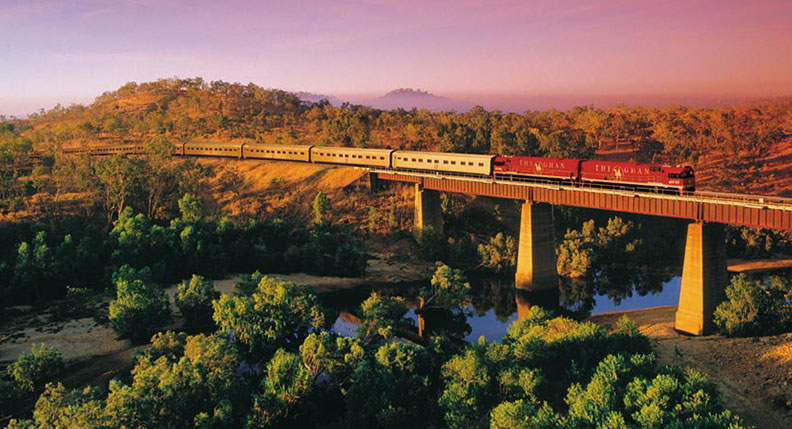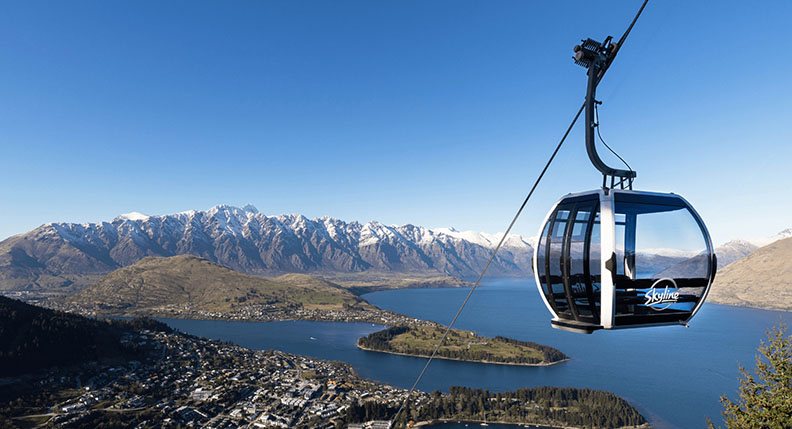San Salvador, the vibrant capital of El Salvador, offers a fascinating blend of history, culture, and natural beauty for travelers to explore. While most visitors rely on conventional transportation options, there’s an extraordinary way to experience the city: by taking the train. We will embark on a captivating journey through San Salvador, highlighting its most remarkable attractions and experiences, all accessible via the historic train system.
Commencing Your Train Adventure: The San Salvador Train System
Established in 2016, the San Salvador Train System, locally known as “Tren de Cercanías,” provides a sustainable and immersive mode of city exploration. This network has revolutionized urban transportation, making it convenient for both residents and tourists to navigate the city’s highlights.
Preparation for Your Train Excursion

Before embarking on your train expedition through San Salvador, consider these essential tips to ensure a seamless and enjoyable experience:
- Acquire a Tren de Cercanías Card: Obtain a reloadable card for the train system at any station, facilitating convenient payment for your train journeys as you add credit as needed.
- Check the Schedule: San Salvador’s train system operates on fixed schedules for weekdays and weekends, so it’s crucial to review the timetable in advance to plan your day effectively.
- Comfortable Footwear: Opt for comfortable shoes suitable for walking, as you’ll be exploring numerous attractions on foot.
- Language: While Spanish is the official language of El Salvador, many individuals working in the tourism sector speak English. Nevertheless, learning a few basic Spanish phrases can enhance your overall experience.
Let’s embark on our train voyage through San Salvador:
1. Estación Central de Ferrocarriles (Central Railway Station)
Initiate your journey at the Estación Central de Ferrocarriles, the central railway station situated at the city’s heart. This beautifully restored historic edifice is an attraction in its own right, showcasing neoclassical architecture reminiscent of the early 20th century.
Inside the station, explore a small railway museum that provides insights into El Salvador’s rich railway history. Take a moment to appreciate the role of trains in connecting the country’s diverse regions.
2. Mercado Central (Central Market)
A brief stroll from the Central Railway Station leads to the Mercado Central, a bustling market that offers a glimpse into San Salvador’s vibrant culture. Meander through its narrow aisles to discover local crafts, fresh produce, and delectable street food.
3. Palacio Nacional (National Palace)
Hop back on the train and venture to the Palacio Nacional, a grand neoclassical structure housing the country’s governmental offices. Although entry may not be feasible, the exterior alone is worth the visit. Admire the intricate façade, and do not forget to snap a photo with the bronze statue of Salvadoran national hero, Gerardo Barrios, positioned in front of the palace.
4. Parque Cuscatlán (Cuscatlán Park)
A brief walk from the National Palace brings you to Parque Cuscatlán, a serene urban park where both locals and tourists gather to unwind amid nature. Stroll around the park’s tranquil lake, rent a paddleboat, or simply relax on a park bench beneath the shade of towering trees.
5. Iglesia El Rosario (El Rosario Church)
For a distinctive spiritual encounter, make your way to Iglesia El Rosario, a modernist church renowned for its unconventional architecture. The church is characterized by its striking stained glass windows that bathe the interior in vibrant, ethereal light. Take a moment for introspection in this peaceful and contemplative setting.
6. Museo Nacional de Antropología Dr. David J. Guzmán (National Museum of Anthropology)

The subsequent stop on your train voyage takes you to the National Museum of Anthropology, where you can delve into El Salvador’s history and culture. The museum houses an impressive collection of archaeological artifacts, ethnographic exhibitions, and artistic pieces that provide a profound understanding of the country’s indigenous heritage.
7.El Boquerón National Park
To immerse yourself in nature’s splendor, catch the train to El Boquerón National Park, located on the outskirts of San Salvador. The park encompasses the formidable San Salvador Volcano, offering awe-inspiring panoramic vistas of the city from its crater’s rim. Embark on a hike along well-maintained trails or savor a meal at the park’s restaurant while taking in the natural beauty.
As you journey through this lively and culturally rich capital, you’ll gain a deeper appreciation for the unique fusion of old-world charm and modern dynamism that characterizes San Salvador.



